Plant Mapping in the Steppe Garden
I feel lucky enough to have grown up amid Tennessee’s lush and rolling hills, and more recently to have lived alongside the Great Smoky Mountains. Unsurprisingly, Steppe regions are not commonly discussed in southern Appalachia. So naturally, I gravitated towards the Steppe Garden, mostly because it was the furthest thing from what I was used to. When I was told I would be working in the Steppe Garden I felt incredibly lucky.
This summer I was brought on as the Plant Records Intern; the majority of my efforts were dedicated to documenting and mapping the many fantastic species within the Steppe Garden. I was able to learn more about the plants indigenous to the many Steppe regions of the world. Walking through this garden I saw so many fantastic and unique species, from the wild Lithops in the Living Stones bed to the sweet creeping gold buttons (Cotula) in the South African beds. Although, what I enjoyed most was hearing the history behind the plants, which occasionally involved stories of their retrieval from different countries around the world. The Steppe Garden is such a wonderful representation of so much history and geography. This garden truly is a wonder, and is well worth a visit.
Due to the newness of the Steppe Garden, mapping and documentation the plant collection often had its challenges. The process is detailed and rewarding and I was able to work closely with staff members to identify the different specimens within a bed that I needed to record, map and photograph. Through this process I was able to learn a lot about the plants native to these regions.
This process may seem tedious, but it not only enhances the Gardens’ internal database, but also improves Gardens Navigator, our public plant database. This is an incredible resource for staff members and visitors alike. Gardens Navigator allows staff to easily locate specific plant material or acquire other information about the plant, regarding bloom time, habit, source, etc. Visitors can use it as a tool to identify the plants they are seeing throughout the Gardens. Here is Gardens Navigator website.
While I was able to map and photograph a significant part of the plants in the Steppe Garden during my time as the Plant Records Intern, keeping our database current is an on-going process. As the Gardens continues to evolve, having a capable plant records team becomes increasingly essential. It is not often that people consider this to be an important part of botanic gardens, however, I was able to learn how invaluable they are to a garden of this scale. The Gardens has a wonderful plant records team, and being able to work alongside them was truly fantastic. Being able to hand visitors the tools to learn and explore is such a large part of what the Gardens do, and being able to further sharpen those tools was an excellent way to spend a summer.
Chloe Reeves is a senior at the University of Tennessee, majoring in Plant Sciences with a concentration in Public Horticulture. She came to the university from Nashville, Tennessee where she was born and raised. Moving forward, she has hopes to work towards a masters in Landscape Architecture.
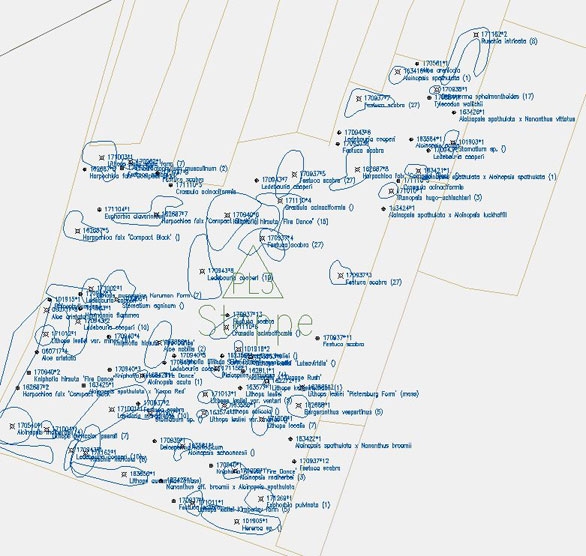
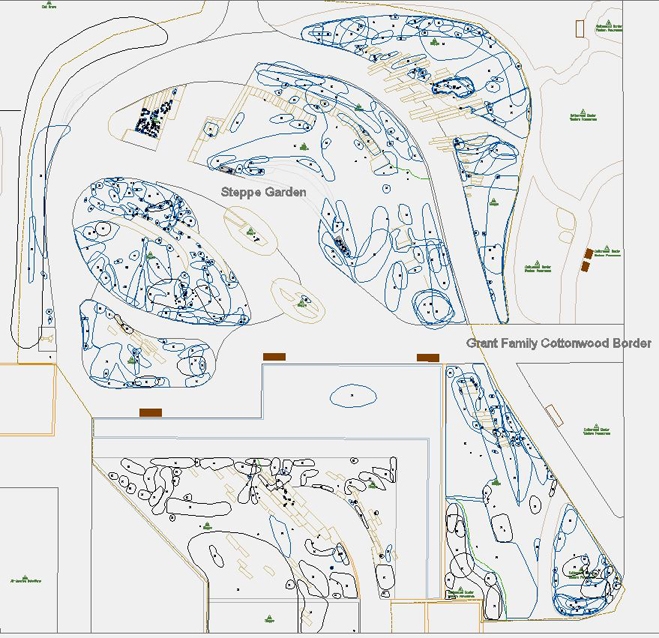
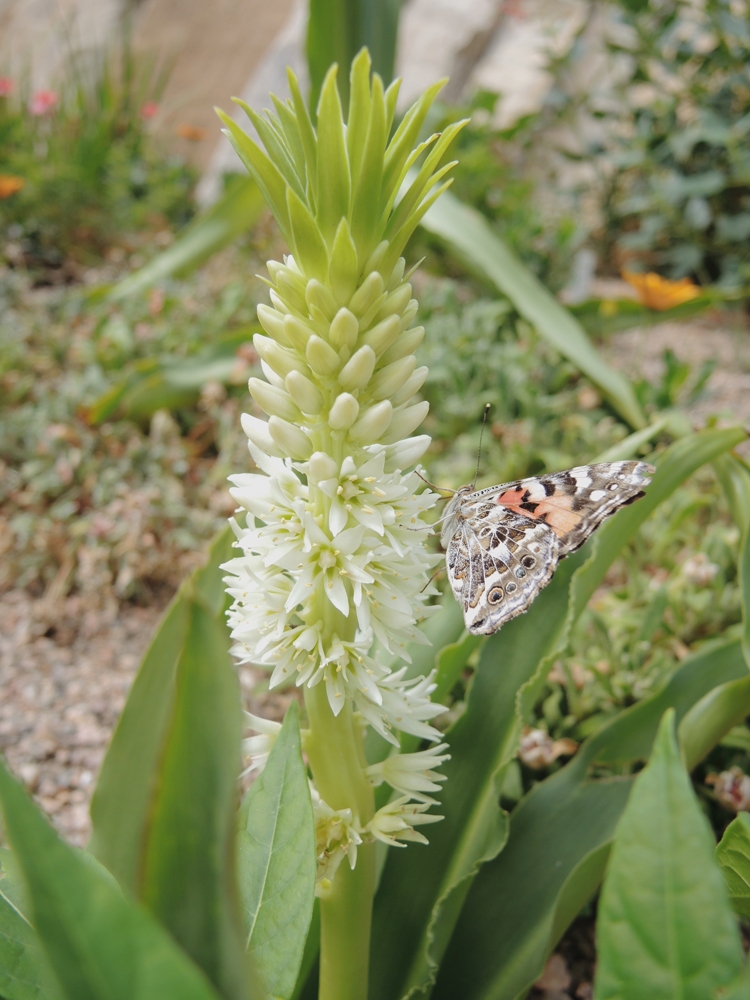
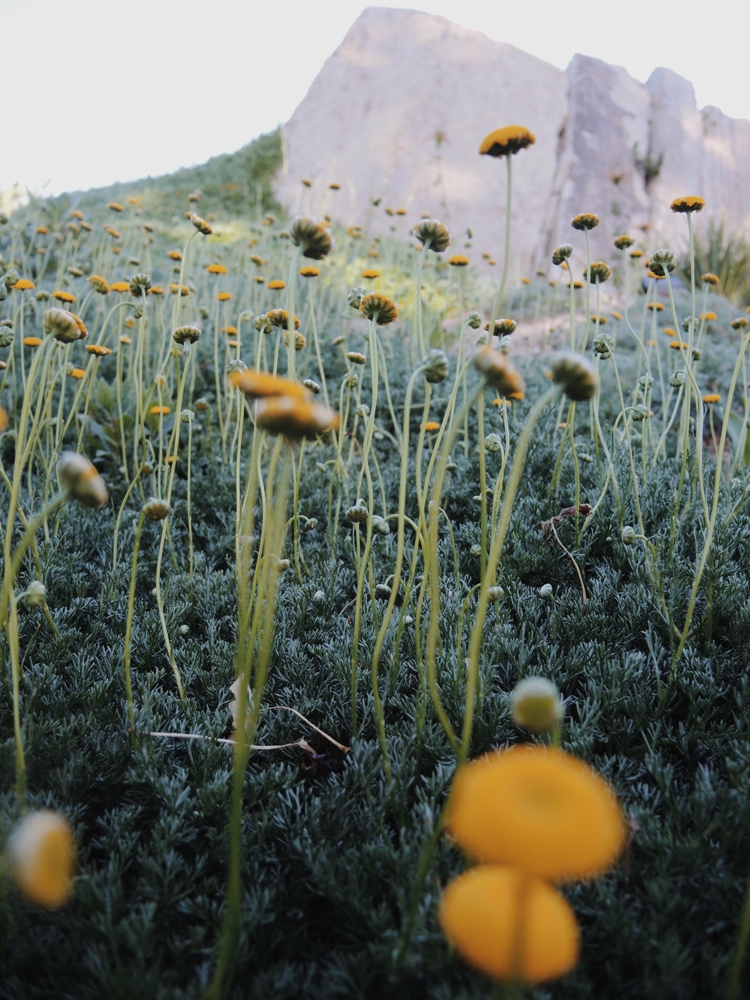
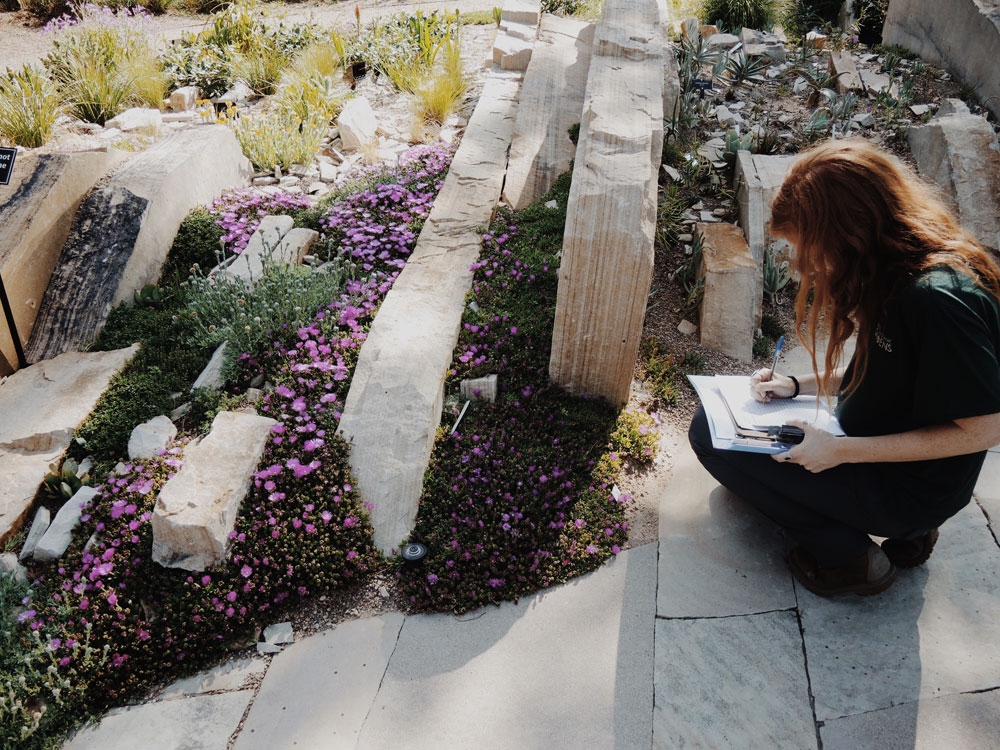
Add new comment